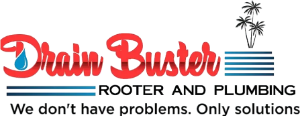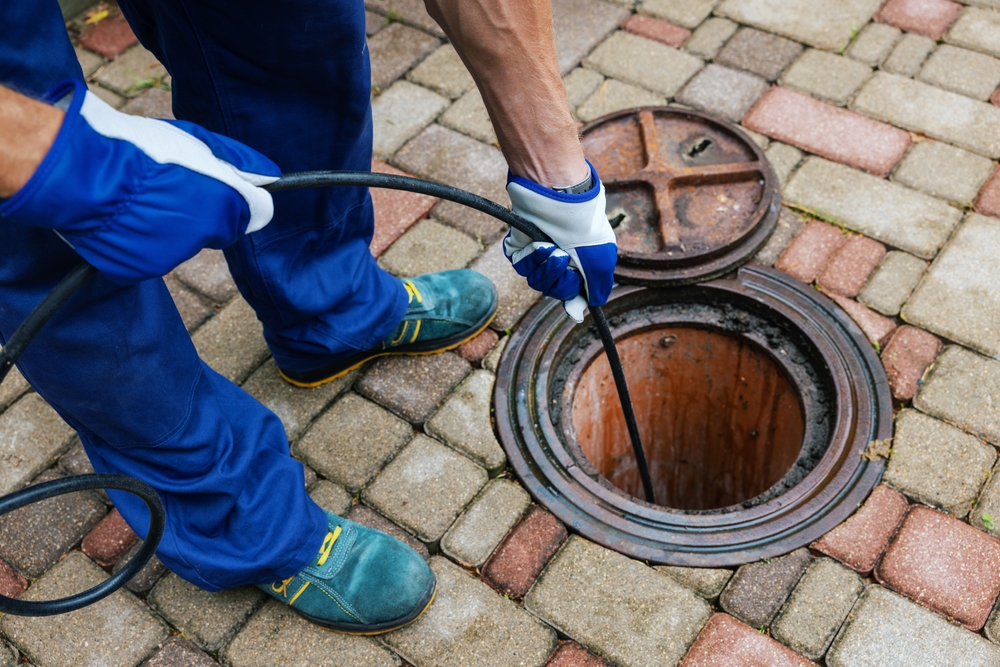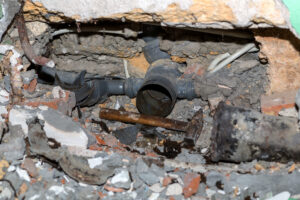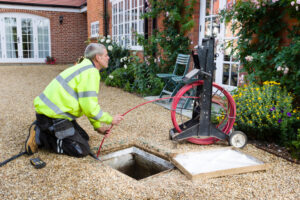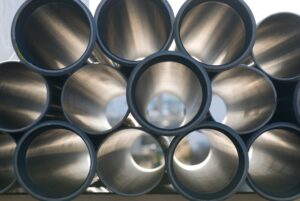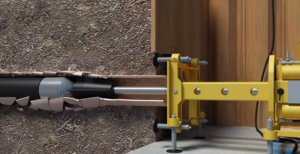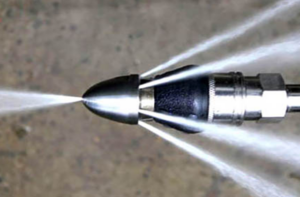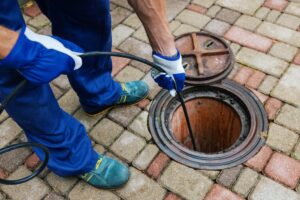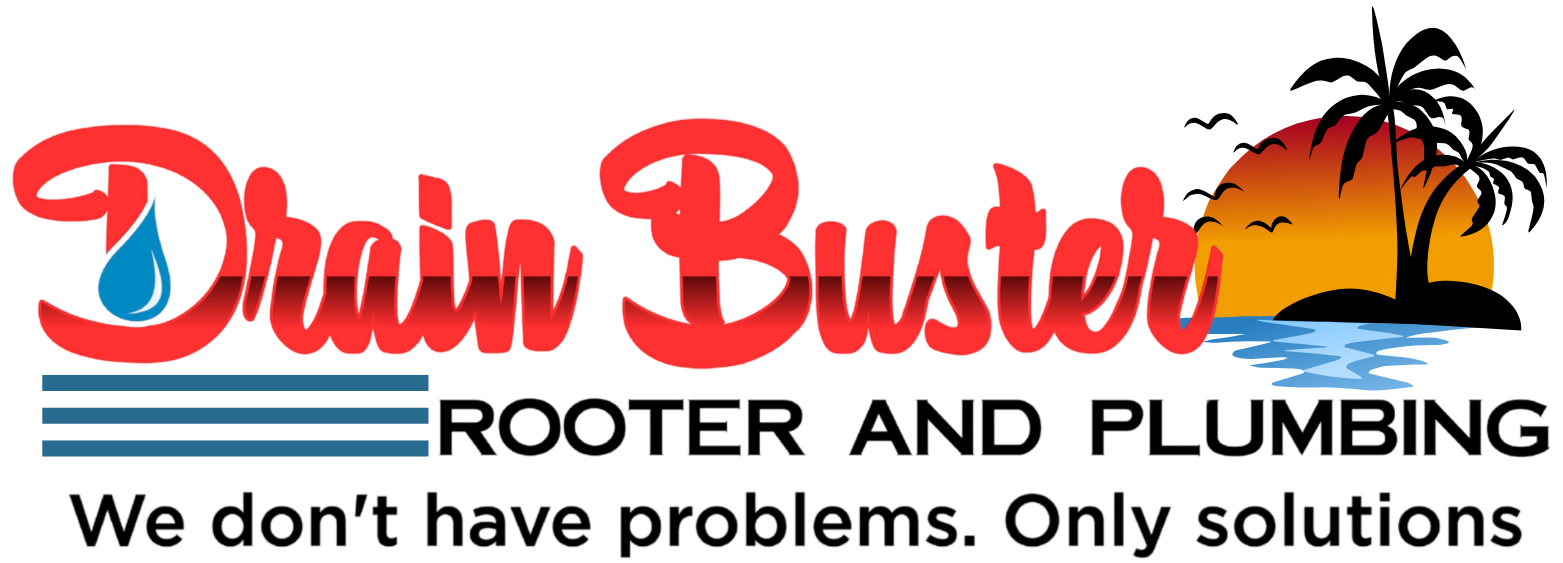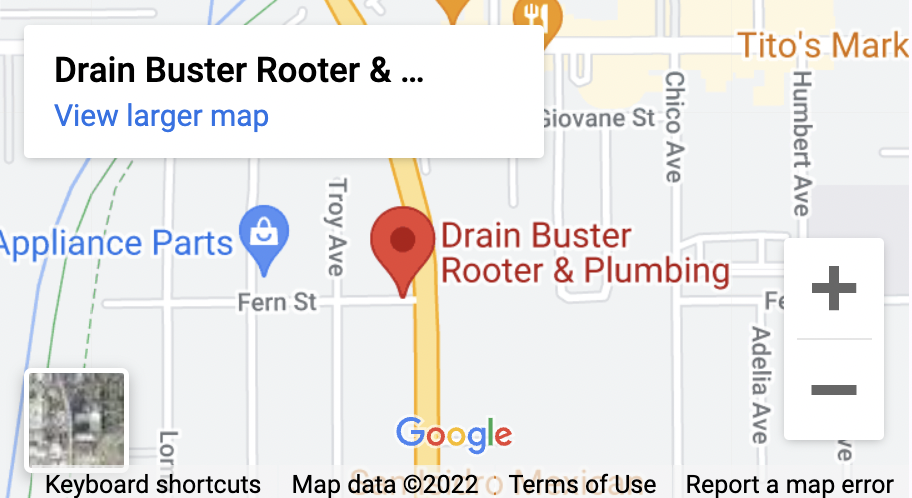Are you experiencing a stubborn clog in your pipes and not sure how to tackle it? Two popular methods for clearing blockages are snaking and hydrojetting. In this article, we will explore the key differences between these two techniques and help you understand which one might be the best solution for your plumbing issue.
What is snaking?
Snaking, also known as drain augering, involves using a long, flexible metal cable to break up and remove obstructions in your pipes. This method is effective for clearing simple clogs close to the drain opening. The plumber inserts the cable into the drain and rotates it to break up the blockage. As the cable moves through the pipe, it grabs onto the debris and pulls it out. Snaking is a tried and true method that has been used for many years to clear drains.
When is snaking necessary?
Snaking is often used for minor clogs that are located near the drain opening. It is a quick and cost-effective solution for simple blockages caused by hair, soap scum, or small objects. Snaking is particularly useful for removing clogs in bathroom and kitchen sinks, bathtubs, and showers. If you have a slow-draining sink or shower, snaking can help restore proper flow.
Benefits of snaking
One of the main advantages of snaking is that it is a non-invasive method of clearing clogs. It does not require any chemicals or harsh substances, making it a safe option for your pipes. Snaking can also be done relatively quickly, which means you won’t have to wait long to have your drain cleared. Additionally, snaking is a cost-effective solution, especially for minor clogs that are easily accessible.
What is hydrojetting?
Hydrojetting uses a high-pressure stream of water to thoroughly clean the inside of your pipes. This method is more powerful and effective than snaking, as it can remove grease, sludge, and other stubborn debris. Hydrojetting involves inserting a specialized nozzle into the pipe, which releases a powerful stream of water. The high-pressure water effectively scours the inside of the pipes, flushing out any buildup and leaving them clean and clear.
How does hydrojetting work?
Hydrojetting works by using water at extremely high pressure, typically between 3,000 and 8,000 PSI (pounds per square inch). The water is delivered through a hose that is connected to a machine equipped with a water tank and a powerful pump. The plumber inserts the hydrojetting nozzle into the pipe and releases the high-pressure water. The force of the water effectively breaks up and removes any obstructions or buildup in the pipes.
When is hydrojetting necessary?
Hydrojetting is recommended for more severe blockages and build-up in your pipes. It is particularly effective for removing stubborn clogs caused by grease, mineral deposits, or tree roots. Hydrojetting can also help prevent future clogs by thoroughly cleaning the inside of the pipes. If you have recurring clogs or slow drains that are not resolved by snaking, hydrojetting may be the solution you need.
Benefits of hydrojetting
One of the main advantages of hydrojetting is its ability to thoroughly clean the inside of your pipes. The high-pressure water can remove even the toughest debris, leaving your pipes clean and clear. Hydrojetting is also a non-invasive method that does not require any chemicals, making it safe for your pipes and the environment. Additionally, hydrojetting is a long-lasting solution that can help prevent future clogs and keep your plumbing system in top condition.
Snaking vs. hydrojetting: a comparison
While both snaking and hydrojetting are effective methods for clearing blockages, they have some key differences. Snaking is generally used for simple clogs close to the drain opening, while hydrojetting is recommended for more severe blockages and build-up. Snaking is a quicker and more cost-effective solution, while hydrojetting provides a more thorough and long-lasting cleaning of the pipes. The choice between snaking and hydrojetting depends on the specific plumbing issue you are facing.
Choosing the right method for your plumbing needs
When it comes to choosing between snaking and hydrojetting, it is important to consider the severity of the blockage and the condition of your pipes. If you have a minor clog that is easily accessible, snaking may be the best option. However, if you have recurring clogs or stubborn buildup, hydrojetting can provide a more effective and long-lasting solution. It is always recommended to consult with a professional plumber who can assess your plumbing needs and recommend the most appropriate method.
Hiring a professional for snaking and hydrojetting services
While snaking can be done by homeowners using a hand-cranked auger, hydrojetting requires specialized equipment and expertise. It is always best to hire a professional plumber who has experience in both snaking and hydrojetting. A professional plumber will have the necessary tools and knowledge to safely and effectively clear your drains. They can also identify any underlying issues that may be causing the blockages and provide appropriate solutions.
Conclusion
In conclusion, snaking and hydrojetting are two popular methods for clearing blockages in your pipes. Snaking is a quick and cost-effective solution for simple clogs close to the drain opening, while hydrojetting provides a more thorough cleaning for more severe blockages and buildup. By understanding the differences between snaking and hydrojetting, you can make an informed decision when it comes to your plumbing needs. Whether it’s a minor blockage or a major build-up, Drain Buster Rooter and Plumbing is here to provide expert assistance and help restore the flow in your pipes. Contact us today for professional plumbing solutions.

